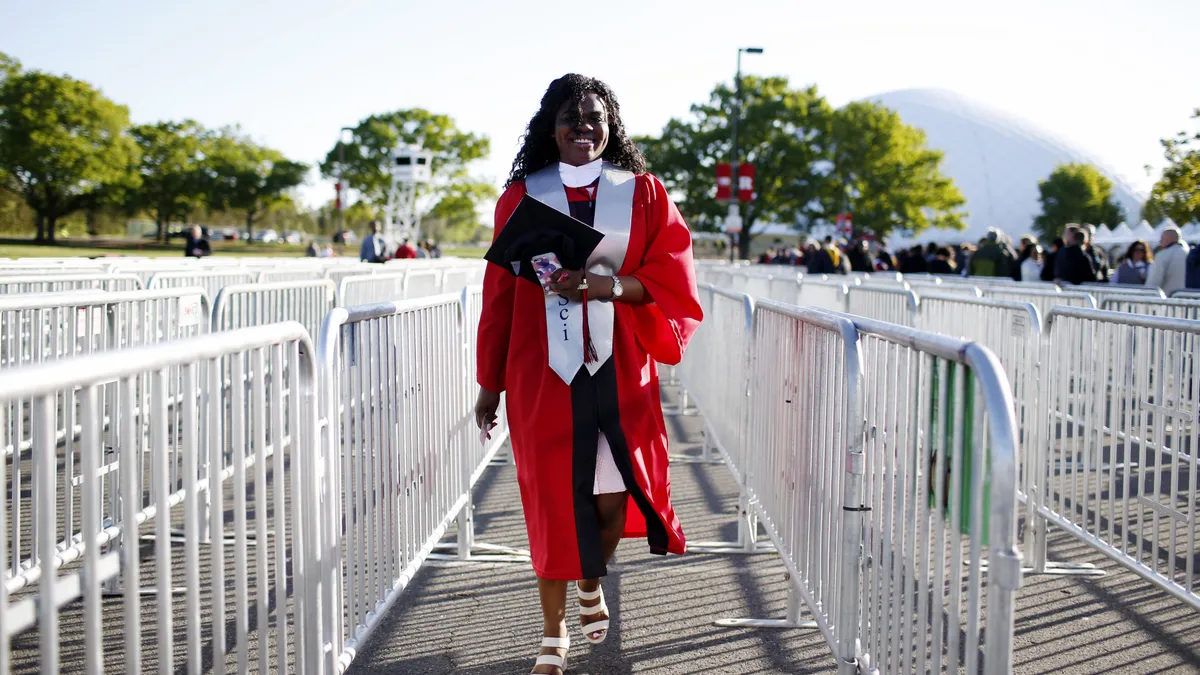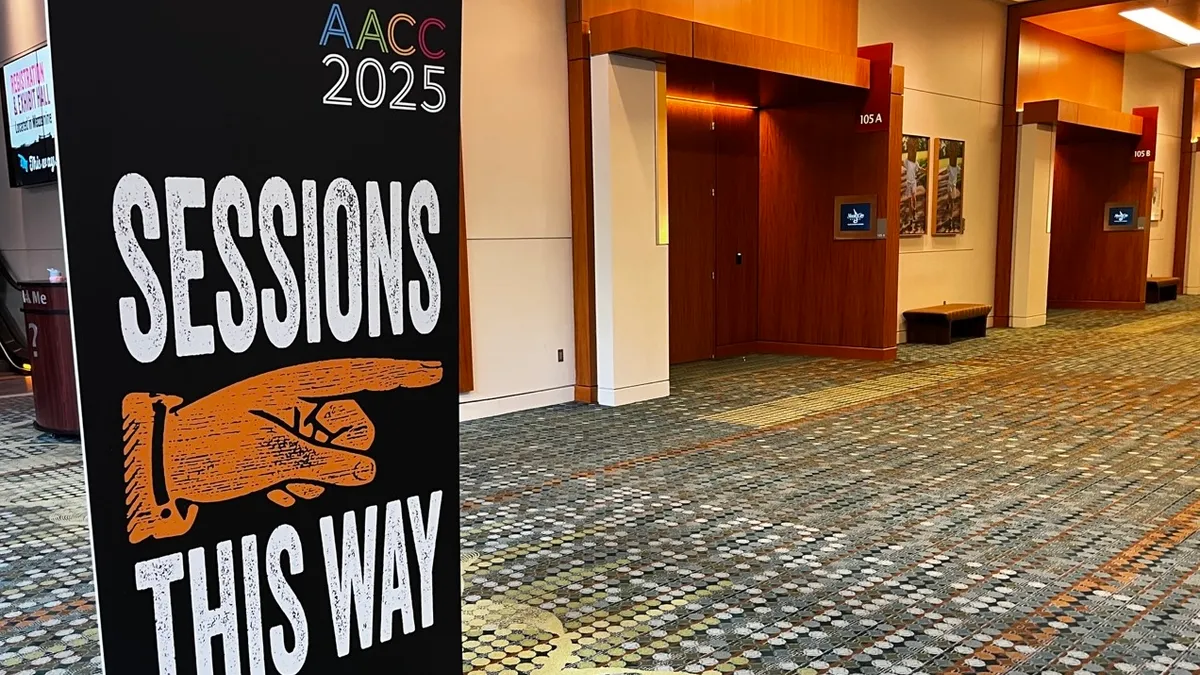Laura Tatum is senior director at the Georgetown Center on Poverty and Inequality’s Economic Security and Opportunity Initiative. Natalia Cooper is a policy analyst at the initiative.

Every year, millions of college students make big decisions about enrollment, class schedules and major declarations — all with significant implications for their futures.
Decisions about majors are not just a matter of academic likes or dislikes. Students’ life experiences, education systems and institutions, and wider societal factors — including sexism and racism — shape these decisions, and these factors ultimately segregate students by gender and race.

Over the past three decades, segregation across groups of majors, or fields of study, between women of color and White men has increased. This segregation threatens equal opportunity and contributes to a segregated workforce — which negatively impacts wages, job security and career mobility for millions of workers, especially women and Black and Brown people. Even as topline statistics on diversity in overall enrollment improve, higher education institutions shouldn’t miss critical opportunities to ensure that women and students of color are aware of, feel welcome in, and can participate in all fields of study.
From day one, students enter postsecondary education already segregated across fields of study by gender and race. Our research shows that gender segregation is stark at enrollment.
Women are less likely than men to enroll in fields such as computer science and engineering and more likely to enroll in healthcare and education. Similarly, students of color are also segregated from the start as Black students are structurally excluded from STEM and overrepresented in healthcare.
This initial segregation can make students who pursue highly segregated and higher-paying fields — particularly Black and Brown students and women — feel like outliers, leading to their exit.
Postsecondary institutions have the opportunity to reduce this segregation and ensure that all students — especially women and students of color — have equal access to all occupations. Institutions should remove the roadblocks that discourage students from pursuing highly segregated fields of study to create a welcoming environment that truly supports students and sets them up for success throughout college and in their careers.
There are easy, actionable steps higher education institutions can take that could transform inclusion in higher education, strengthen racial and gender equity, and ameliorate field-of-study and workforce segregation.
Field of study segregation is pervasive from day one through graduation and beyond. During enrollment, Black and Brown students and women are more likely to have limited knowledge about their options than White students. Raising awareness about the range of potential careers and projected earnings for each field of study could reveal pathways that students weren’t previously aware of or didn’t think they could access.
Postsecondary institutions should invest in advising, career connections and work-based learning. Equity-focused academic advising can inform initial decision-making and encourage women and students of color to consider the full range of majors. Career-connected learning and access to internships can also expand opportunities. Such programs can offer real workplace experience and the chance to build job connections for students who have been denied access to professional and social networks.
Students of color and women pursuing the most segregated fields of study are often met with unwelcoming and sometimes hostile environments that can block their progress. For example, women and people of color are underrepresented in full professorships and overrepresented in the most junior positions, especially in particular academic departments. This racial- and gender-stratified hierarchy among faculty sends a message to students about who belongs in which fields of study and who does not.
Postsecondary institutions should invest in inclusive educational pathways by diversifying faculty and staff and evaluating campus climates. Research shows that diversifying faculty and administrative staff across fields of study promotes retention among women and people of color. The University of Michigan’s Strategies and Tactics for Recruiting to Improve Diversity and Excellence, or STRIDE, program serves as a blueprint to improve faculty diversity and transform departmental cultures. Adopted by many schools — including the University of Maryland, Baltimore County — the program resulted in greater diversity in applicant pools and successful hires.
Immense barriers to success can often leave women and students of color feeling like they have no choice but to leave their highly segregated fields of study. For instance, despite declaring STEM majors at the same rate, Black and Brown students have higher exit rates than their White counterparts.
Higher education institutions must cultivate environments that prioritize students’ sense of belonging by building community. Institutions should also implement equity-focused pedagogy to make each field of study as inclusive of women and students of color as possible, such as through anti-racist training for faculty.
Similarly, reforming “weed-out” introductory courses that can discourage students from pursuing a field of study could improve attainment and decrease segregation. The consequences for Black and Brown students are stark: Failing or withdrawing from weed-out courses is correlated with withdrawing from college altogether.
Postsecondary institutions have the opportunity to address segregation and ensure that all students — especially women and students of color — have equal opportunities for success in their chosen field of study, as well as upward mobility and economic security. Everyone deserves equal opportunities for economic security and mobility, including through higher education. Postsecondary education institutions can make that a reality.




















